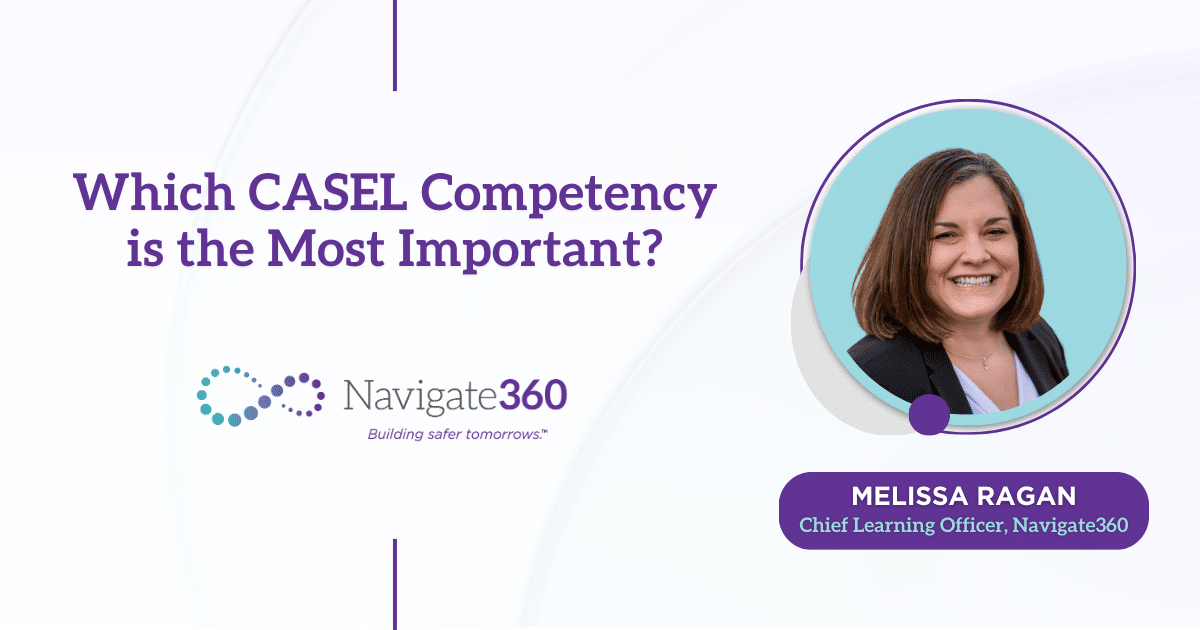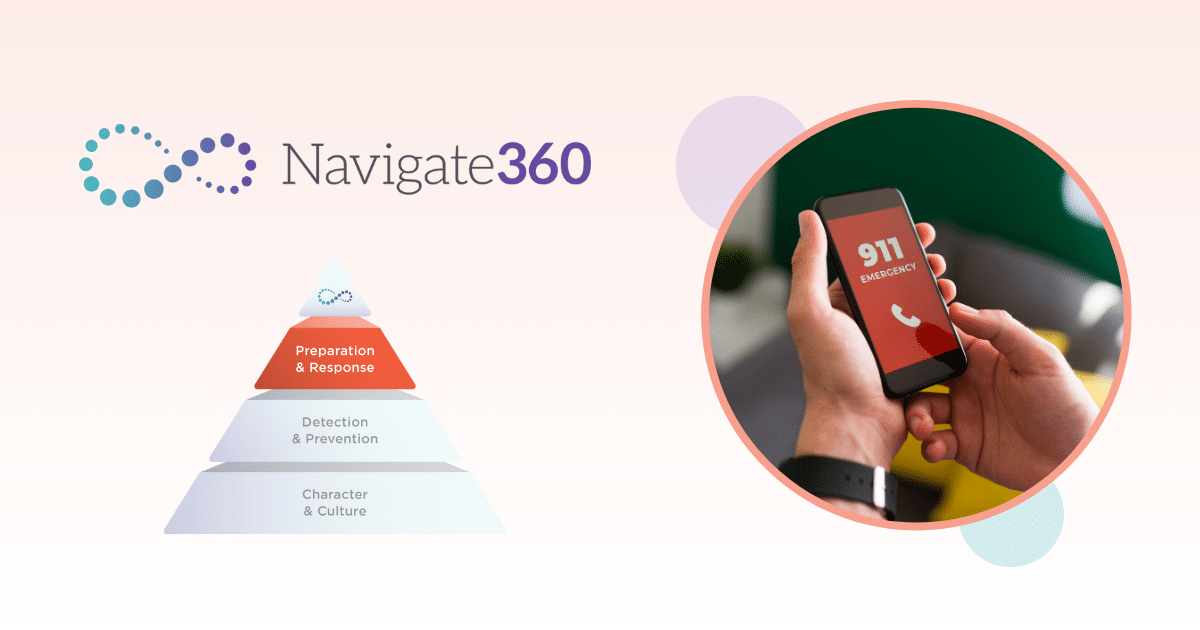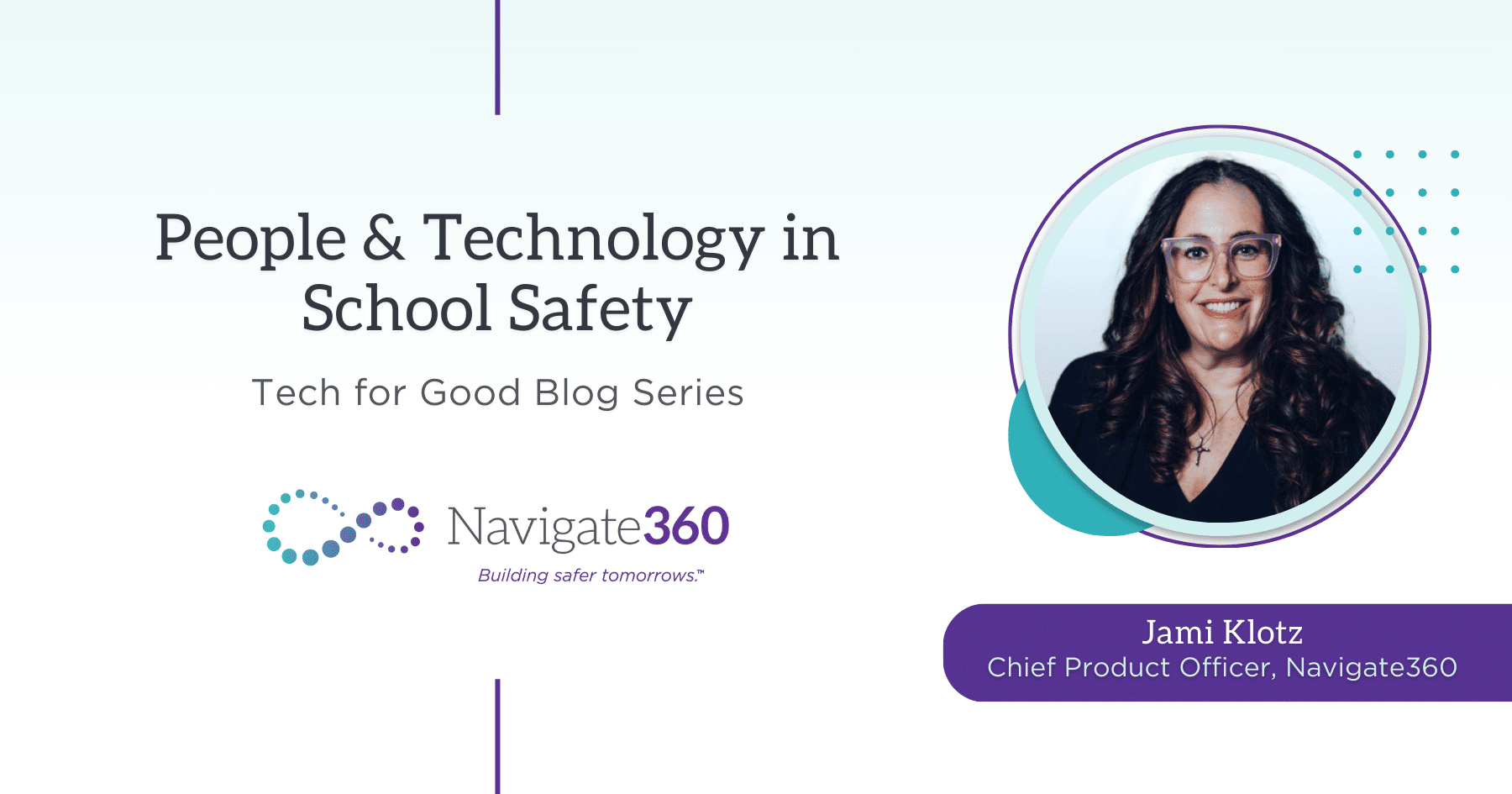Why is it Important to Assess?
You may have many questions about risk assessments and how conducting one can improve the safety and productivity of your organization. We’ll use this space to answer 5 of the most common security risk assessment questions, including why it is important to invest in this critical procedure as part of your overall safety and security program.
Many organizations spend so much time managing their current safety operations and assets that they don’t take the time to step back and see what might be missing. A comprehensive risk assessment can uncover hidden weaknesses you may not know about. Security risk assessments can bring to light the need for changes to existing procedures that can improve your organization’s safety and increase productivity and efficiency.
The reports that result from security risk assessments contain recommendations aimed at improving operational and security practices, safety and security procedures, and physical security and site-hardening measures. These recommendations can serve as an overall roadmap to guide current and future security planning efforts, as well as augment budget requests to executives by leveraging the objectivity and experience of professional third-party assessors.
How Does the Assessment Work?
A security risk assessment typically evaluates, analyzes and scores your organization’s overall preparedness in specific key areas. Third-party risk assessment professionals work on site to assess and deliver a comprehensive report outlining the good, weak and dangerous areas of your facility. The key areas in which professional risk assessors typically ask security risk assessment questions about your organization include:
- Hazards & Threat Assessment
- Emergency Operations Plan
- Prevention Programs
- Response & Training
- Technology & Infrastructure
- Recovery Planning
Analysis of security in these areas of your organization empowers staff, mitigates risk and saves lives. And comprehensive assessments go beyond just physical security; they include interviews of personnel to determine the human element of risk as well.
In addition to leveraging the objectivity and accuracy of assessment reports for budget requests to decision makers, you can use reported scores and corresponding evaluations as a security risk assessment tool to guide you in planning future preparedness improvements and upgrades to critical infrastructure.
Is a Risk Assessment Once a Year Enough?
Today’s near real-time monitoring technologies are making the identification and assessment of risks an ongoing, dynamic process. Conducting a risk assessment just once a year doesn’t account for the changes your organization may be seeing throughout the weeks and months following an assessment.
Periodic security audits can follow professional risk assessments to provide ongoing testing of physical facility assets and continuous evaluation of risk mitigation efforts. After all, safety management never stops — neither should your identification and assessment of risks.
Does Investing in More Technology Improve Risk Assessments?
Technology can help you identify risks, but you still need people to manage and evaluate the data that comes from the technology. The experience and skill of your employees will be key to improving the results of security risk assessments. They’re the ones who know how to carry out your safety and security procedures appropriately.
What Should I Do After a Risk Assessment?
Risk assessments should not take a “one-and-done” approach. The third-party risk assessors you select for this process should continue to provide expert guidance post-assessment by conducting periodic vulnerability assessments and security audits throughout your entire safety journey.
Remaining vigilant about new and emerging threats within your organization is an ongoing process. The trained perspective of certified professionals ensures you have the peace of mind to stay focused on the mission of growing your organization.
Navigate360 – Your Resource for Professional Risk Assessments
Navigate360 is here to help you on your safety journey. Our professional risk assessors are ASIS PSP-certified and have decades of experience recognizing threats to organizational safety.
Check out these additional resources for more information about Navigate360’s security risk assessment:




